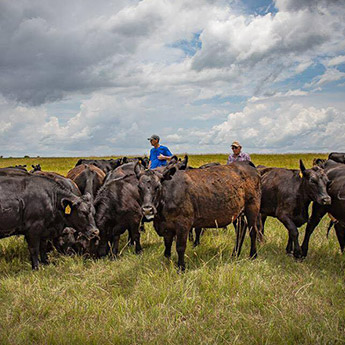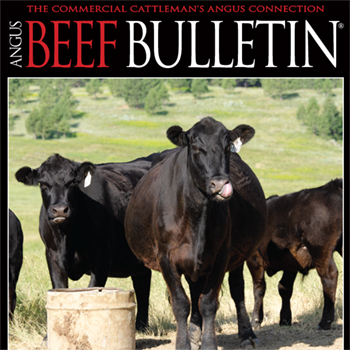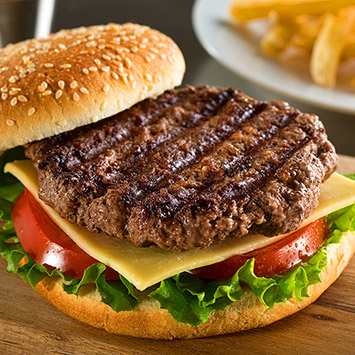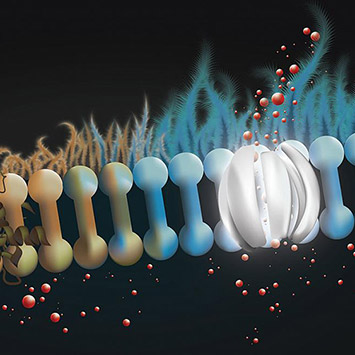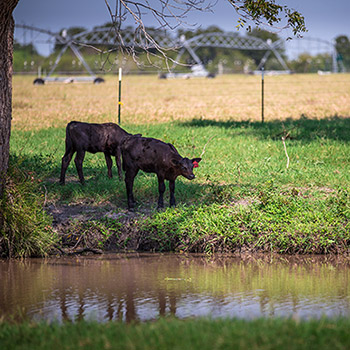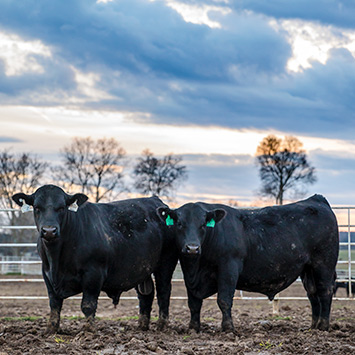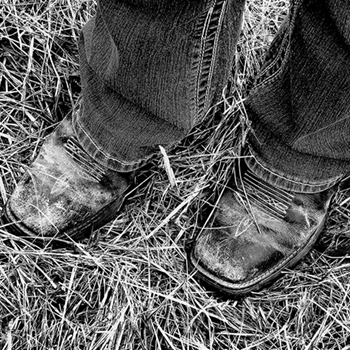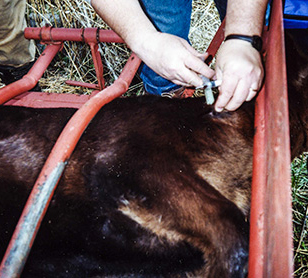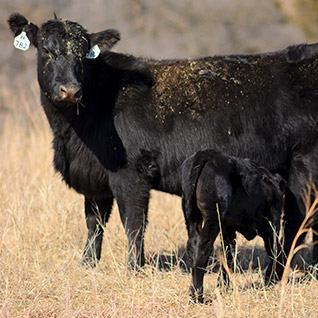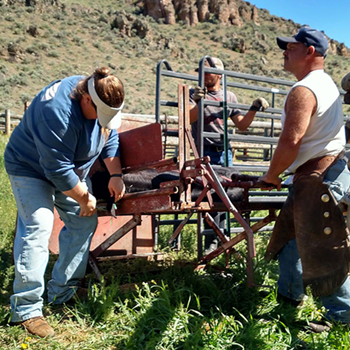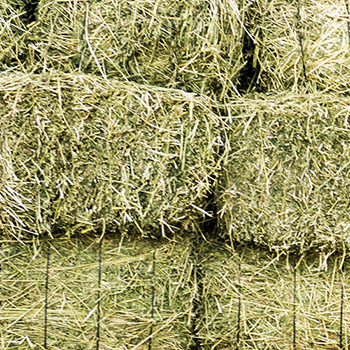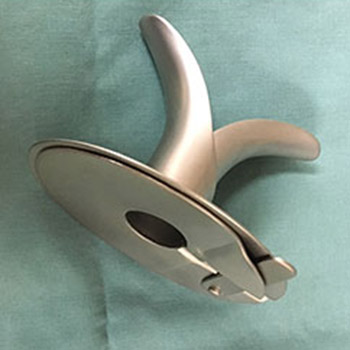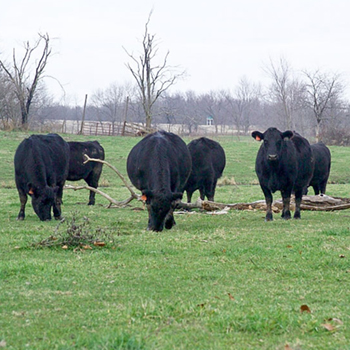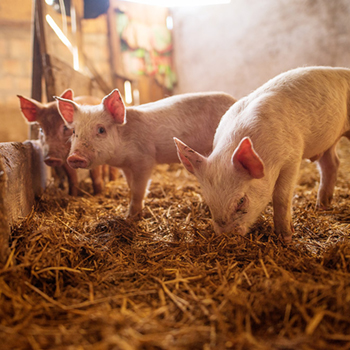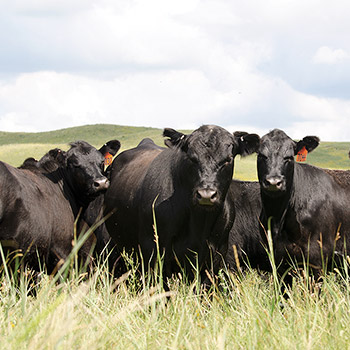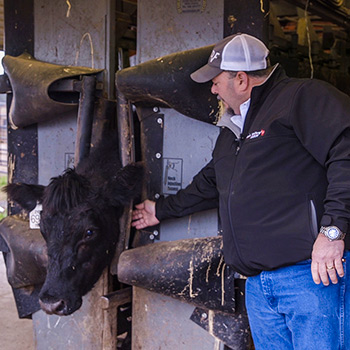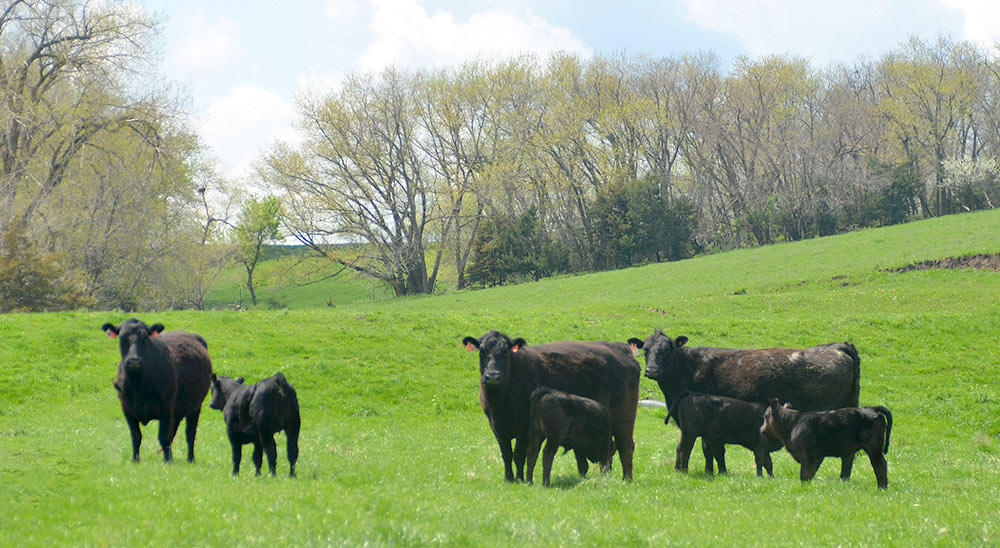
Blame it All on Mom?
Gestational nutrition sets calves up for success, especially during early development.
Fetal programming isn’t a new concept in the health-care community; expecting mothers are quickly advised to take prenatal vitamins and stick to a healthy diet. Gestating bovines might just follow suit.
Amanda Blair, South Dakota State University, and Janna Block, North Dakota State University, discussed the finer details of how the environment might play a bigger role in phenotype than originally theorized in the Environment + Genotype = Phenotype equation.
“Evolving research focuses on the idea that what mom eats matters, and what she encounters while gestating has an impact on the calf for life,” Blair said. “All strategies for optimizing the life of cattle currently in place are for after the calf hits the ground.”
After World War II, the Dutch Hongerwinter (Hunger Winter) began. Populations ate fewer than 800 calories per day, if they were lucky. Medical and military records reveal how much this changed the lives of children both born and gestated during this period.
“These children developed a thrifty phenotype because of the decreased nutrition they received in the womb,” Blair explained, and added that these children had lower birth weights. The intriguing part of the records was that they had higher incidents of obesity, diabetes and heart disease.
Children with these thrifty phenotypes would be comparable to animals considered “easy keepers.” No matter the animal, the uterus prepares the fetus for the environment it will be born into based on nutrition, stress levels, hormone or metabolic changes, and placental development.
“These factors during gestation lead to changes in gene expression in the phenotype without actually changing the DNA,” Blair said. “In the Dutch Hongerwinter, more nutrients were going to external fat development than muscle. This ultimately led to the health issues of those children connected to weight.”
A cow worth her weight in feed is one who never eats for herself. In a typical production cycle, a cow will either be milking a calf, carrying one or developing one in her uterus. Her nutrition is always going toward the next generation. Researchers are beginning to realize the long-lasting effect of nutrient restriction on cattle.
“No time during gestation is good to restrict nutrients, but the worst time is during early development,” Block added. “Development of the organs begins as soon as the fetus is recognized as a pregnancy from implantation in the uterine wall.”
The heart, limbs, lungs and brain are high on the priority list for receiving nutrients during early gestation. If nutrients are restricted, the other developing organs — specifically the sex organs — will be lower on the priority list for nutrients.
“When we think about growth and the carcass outcomes of a feedlot steer, gestation accounts for about 40% of their life cycle,” Blair said. “If they are harvested at 15 months old, these steers spend almost half their life [in the womb].”
Though the mechanisms of fetal programming truly affect a calf, the evidence is abundantly clear that it should be strongly considered in a production setting for steers and heifers.
“We have not been in this area of research long enough to sort everything out just yet,” Blair said. “However, we have started to see trends that tell the same story about fetal programming.”
Editor’s note: Photo by Kasey Brown.
